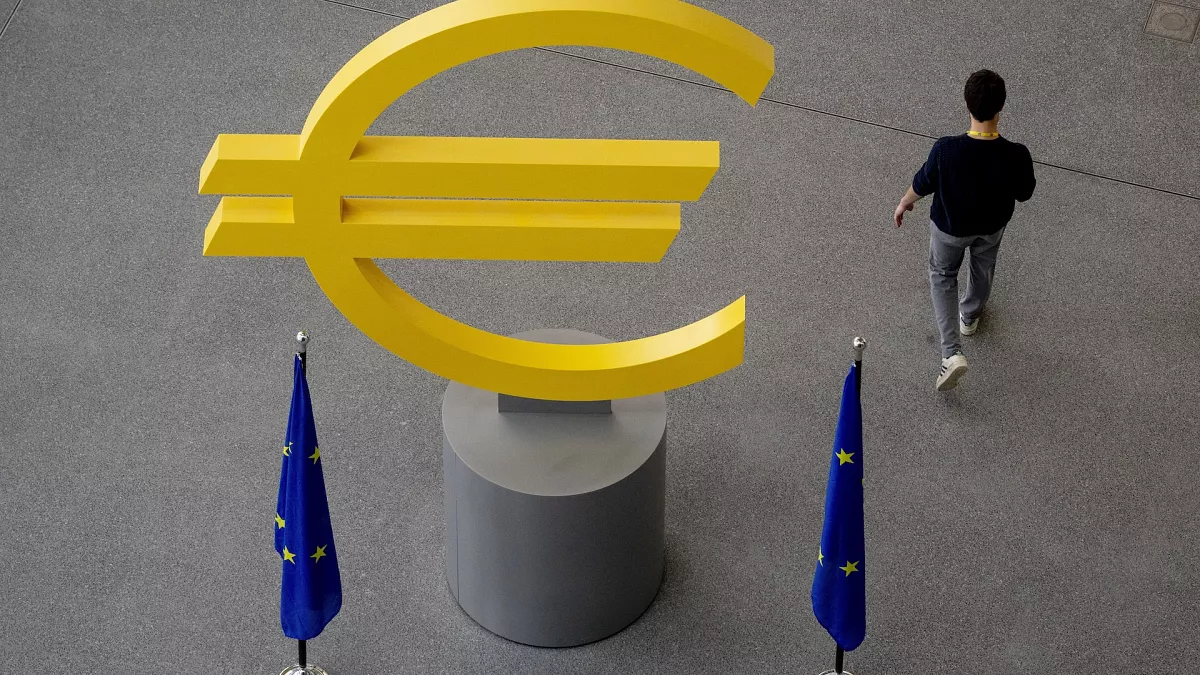European financial markets and the euro experienced notable gains on Wednesday following the release of softer-than-expected US inflation data. The annual inflation rate in the US dropped to 2.9% in July, down from 3% in June and falling below the anticipated 3%, providing a boost to global financial markets.
The inflation data, coupled with a lower-than-expected Producer Price Index (PPI), has heightened expectations for a rate cut by the Federal Reserve (Fed) at its next meeting. Investors are now speculating on a potential 0.5 percentage point reduction in interest rates.
In response to the US inflation figures, the euro surged to its highest level of the year, surpassing 1.1 against the US dollar. The EUR/USD pair has climbed 3% since late June, reflecting a weakening US dollar. The US Dollar Index, which tracks the dollar’s value against a basket of foreign currencies, fell to a four-month low. With the Fed anticipated to start lowering rates next month, central banks globally may engage in a race to cut rates, potentially leading to a currency war.
The euro also strengthened against the British pound, climbing 0.44% to just under 0.86. This increase marks a one-week high for the EUR/GBP pair. The pound weakened amid speculation that the Bank of England may implement further rate cuts this year, following cooler-than-expected UK inflation data for July. The euro’s appeal as a safe-haven currency during global market turbulence earlier in August has also contributed to its rise.
Looking ahead, the European Central Bank (ECB) will be in focus as it holds its next meeting. An ECB official has hinted at the possibility of two additional rate cuts in September and November. However, with inflation in the eurozone showing signs of resurgence in July, the ECB’s rate-cutting plans could face challenges.
European stock markets also saw gains on Wednesday, driven by a broad-based rally following the US inflation data. The Euro Stoxx 600 index increased by 0.43% to 504.11, nearing a two-week high. The travel and leisure sector led the gains with a 3% rise, the largest one-day gain. Other indices, including the DAX and CAC 40, also advanced, rising by 0.41% and 0.79%, respectively.
European markets have largely recovered from losses incurred earlier in August, with improved investment sentiment driven by expectations of accelerating rate cuts. UBS’s strong quarterly earnings report, which saw its shares jump by 5.3%, further boosted the finance sector, contributing to a 1.4% increase.
In London, the FTSE 100 rose by 0.6%, marking its fourth consecutive session of gains. The homebuilder sector led this increase with a 3.4% surge, reflecting its sensitivity to interest rates.
Despite the positive market movements, concerns about softening economic data in the US, China’s economic slowdown, and ongoing conflicts in the Middle East and Ukraine are expected to maintain a volatile global economic environment.
